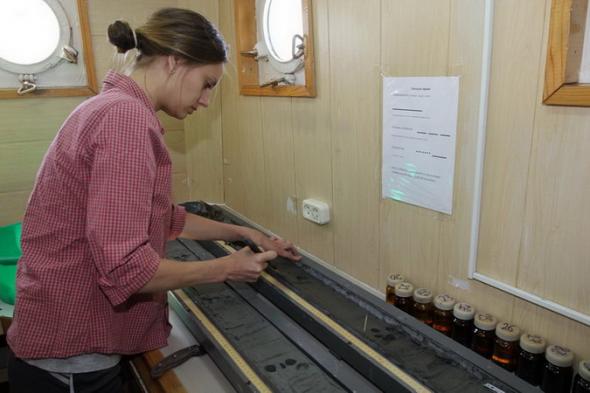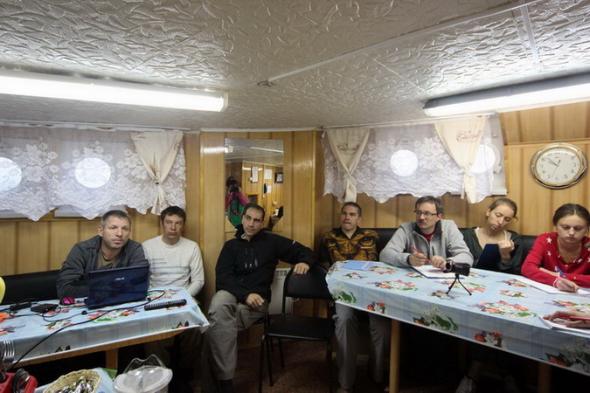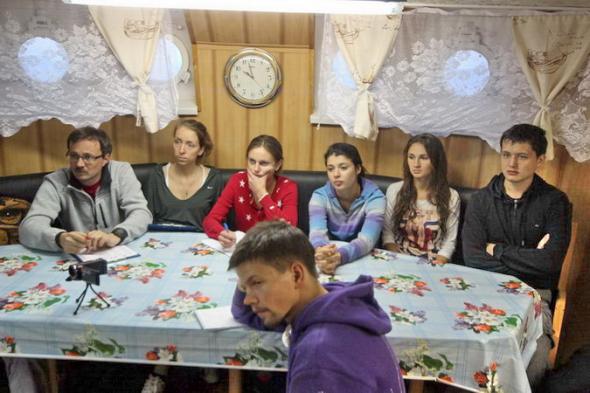July 12. “Wow! Baikalian Kukuy”

Strategic stocks
According to geophysical studies of the last years, a large landslide body is assumed here on the north-west slope of the ridge. Supposedly, the slide was formed due to destruction of gas hydrates. Yes! The famous Baikalian gas hydrates!
7 bottom sampling stations were planned for today and we have managed to fulfill this ambitious plan Demonstrating the great hospitality of Baikal, weather helped us to do our work – the day was sunny enough but too hot. The day has started with informal (but very typical for usually cheerful teams of marine geologists) marine geologist initiation ritual for greens.


Sir Core Catcher as it is





This is how “cone” looks on multibeat data









The sampling stations placed on multi-beam image

Summing up of the day

The last core of the day was taken from the top of the Kukuy Griva. It was processed by students who have learned already a lot for just one, but very saturated, day of “training-through-research”. They were proud of their progress and results. But definitely their teachers were proud of them even more. All day their teachers have seen in their eyes an enthusiastic interest to Marine Science. Such passion for new knowledge can be really seen in trivial lecture-rooms.
And there are still a lot to learn. And… will be continued already tomorrow.